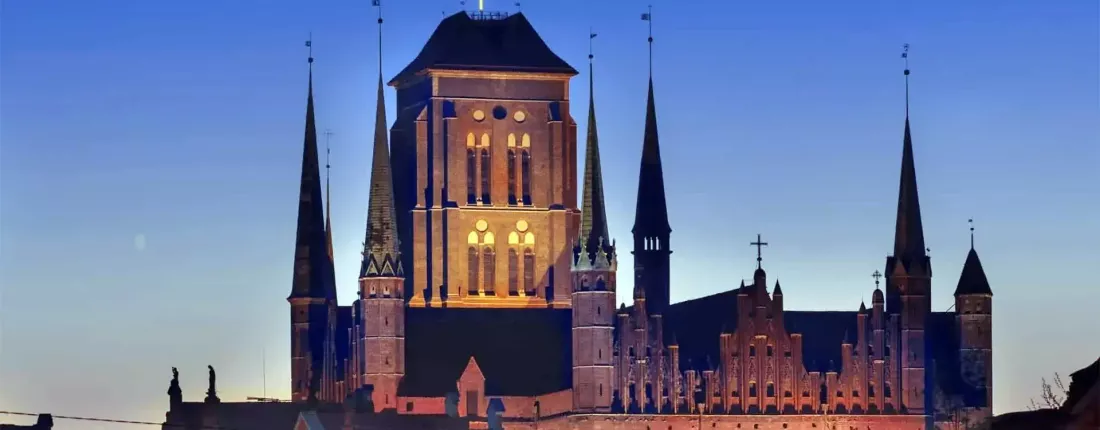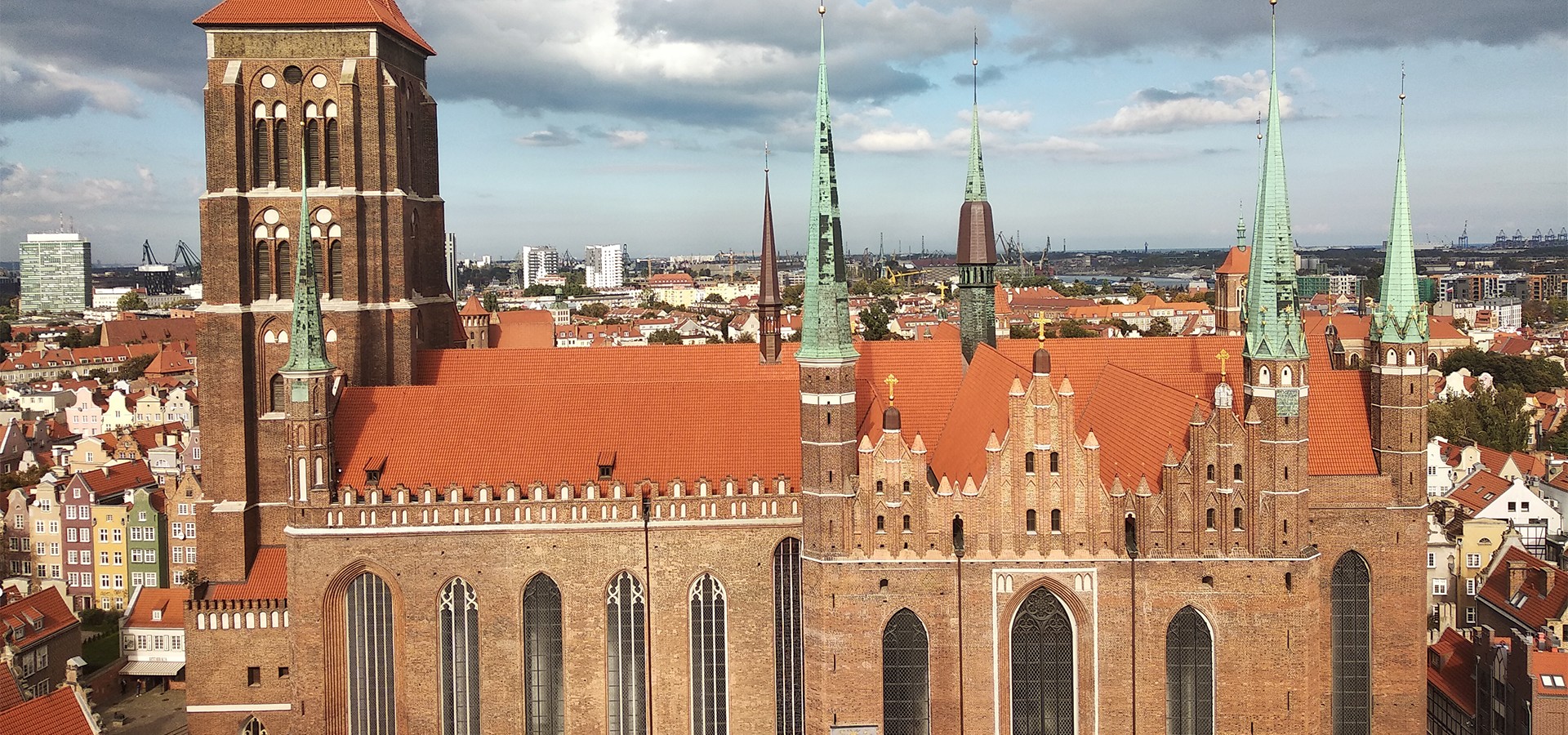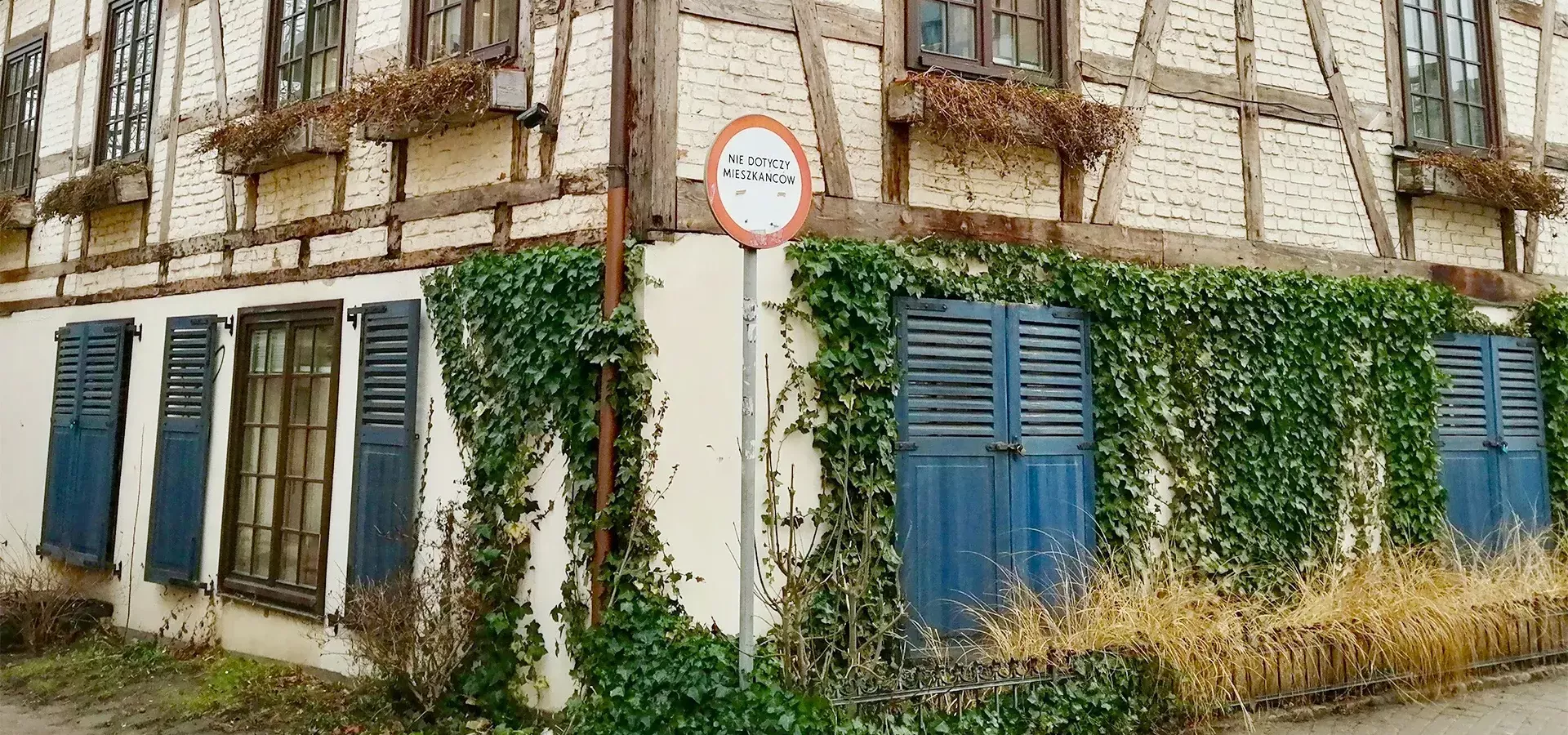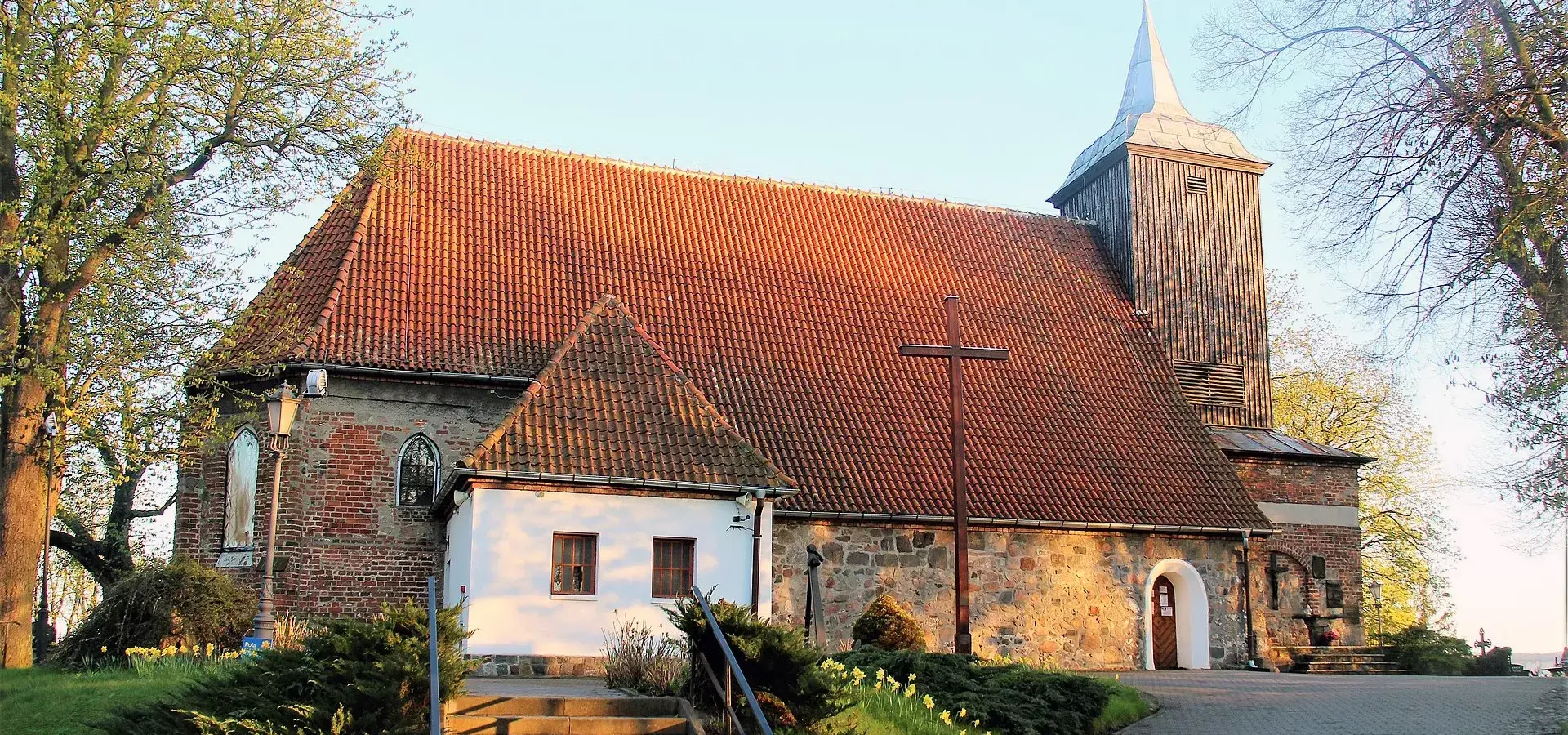3 The oldest buildings in the Tri-City

The beginnings of Gdańsk date back to 980, and it was granted city rights in 1263. Gdynia is one of the youngest cities in Poland. And for a long time, Sopot was only considered a resort - a bathing beach. So let's take a look at which buildings are considered the oldest in the Tri-City *.
Gdańsk 
The oldest building in Gdańsk is the Oliwa Cathedral (exactly: the Cathedral Basilica of the Holy Trinity, the Blessed Virgin Mary and St. Bernard). The first church was built at the turn of the 12th and 13th centuries. It was built by the Cistercian Order. With the considerable support of the Pomeranian dukes, the monks gradually transformed the entire wilderness of Oliwa into a thriving economic and cultural center. Due to the great cathedral it was plundered and devastated many times. The Cistercians ran the monastery in Oliwa until 1831. Since 1975, the temple was given the title of a minor basilica, since 1992, it functions as an archcathedral.
It is 107 m long. It means that it is the longest church in Poland. It is mainly famous for its organs and variety of styles. The furnishings of the church are sacred works of Renaissance, Baroque, Rococo and Classicist art with a high artistic level. There are 23 altars inside the cathedral. The present main altar is the most beautiful Baroque work in Pomerania. The interior of the church is decorated with paintings by 17th-century artists: Herman Hahn, Adolf Boy, Andrzej Stech, Andreas Schlüter.
You can write whole stories about the Oliwa Cathedral, so when visiting Gdańsk, it is worth going there and seeing for yourself this architectural pearl, entered in the list of Historical Monuments in 2017.
Sopot
The oldest building in Sopot is the Spanish Court. It is located at 781 Niepodległości Street. It is a 17th-century suburban residence, once owned by wealthy Gdańsk patricians. The first known owner of the property was Jakub Cleefeldt, son of the mayor of Gdańsk. However, the court often changed principals. The Uphagen family, the Giesebrecht family, the Schumann family and the Przebendowski family lived here.
The first building was probably wooden. It is believed that the brick one was erected in the 1780s. At the end of the 1970s, it was in such a bad condition that it was intended for demolition. However, thanks to the initiative of professor Jerzy Stankiewicz, the building was restored. It was not completely renovated until 2006. Currently, it is not an object intended for sightseeing. To this day, it is also unknown where the name of the manor came from. It probably results from the Treaty of Oliwa signed in 1660, at which a representative of the Kingdom of Spain was present. He probably stayed overnight in this building.
Gdynia 
The longest existing building in Gdynia is the Church of St. Michael the Archangel. It is located at ul. Col. Dąbka, in the Oksywie district. It has symbolic and historical significance for the city. It is a type of church that represents a group of Pomeranian village parish churches common in this area in the 13th and 14th centuries. The first one was built in 1124, and its founder was the Prince of Gdańsk Pomerania, Świętopełek II. The building was probably wooden at that time. With time, a brick one was erected in its place. The church was plundered many times. First during the Swedish Deluge (1655-1660), then during World War II. It was rebuilt in 1945. The foundations of the church are made of stone, the walls are made of stone and brick. There are visible motifs showing the subsequent phases of construction or transformation of the temple. One of its walls, located in the western part of the church, has survived to the present day.
When coming to the Tri-City, use our services:
* When reading the above description, it is worth bearing in mind that none of these buildings has survived to this day in its original form. They are rebuilt, reconstructed and differ slightly from those put into use centuries ago.